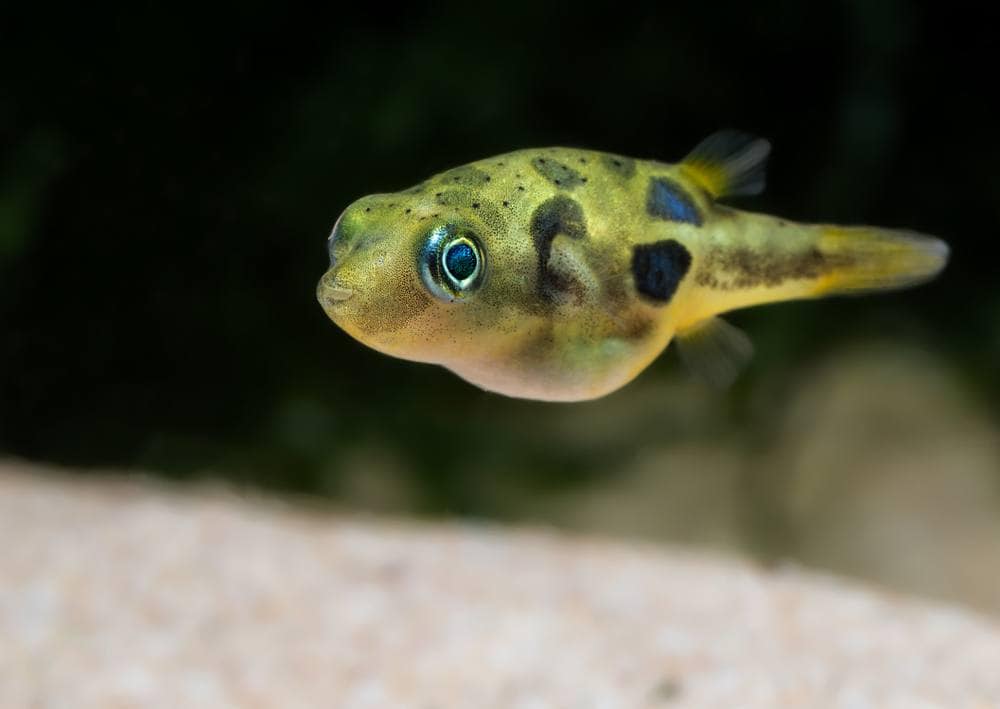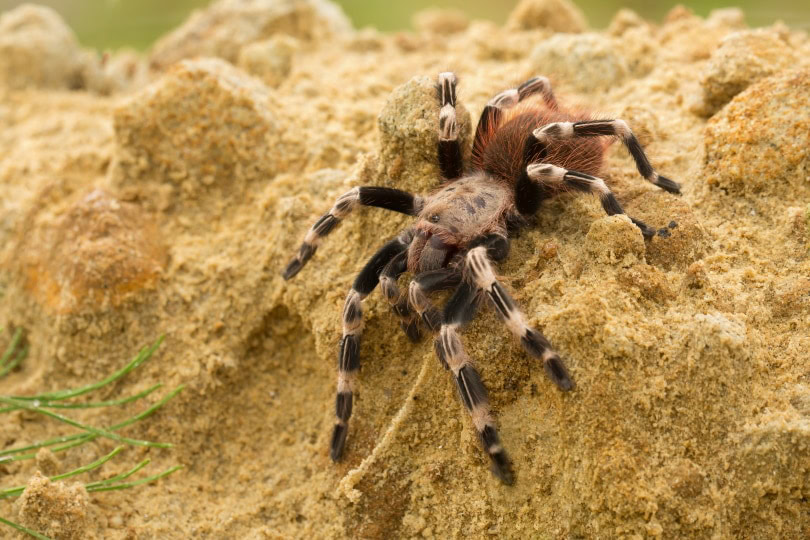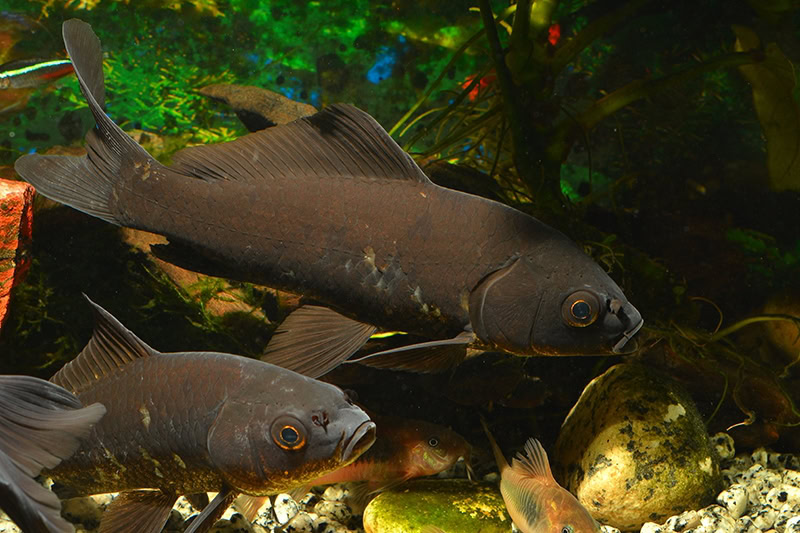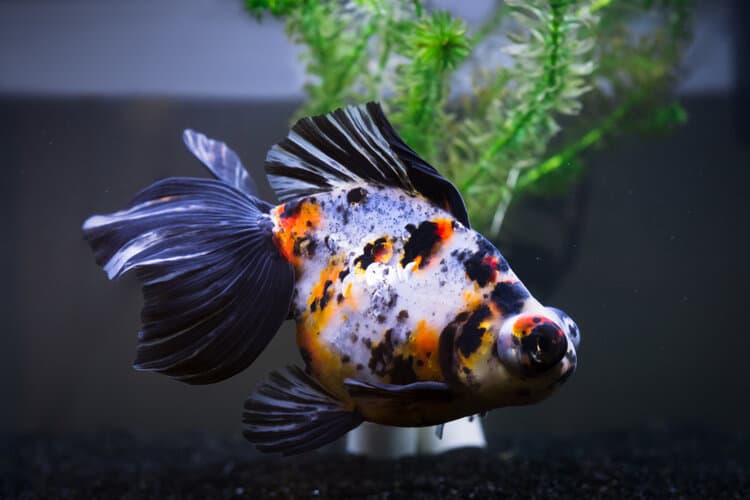Raising freshwater pufferfish is challenging for any experienced aquarium keeper. You’ll need a large tank and the ability to filter the water quickly and thoroughly, but we’re assuming you know that and are here to compare several varieties to see which one you like best.
We’ve rounded up 11 breeds of freshwater pufferfish to look over with you so you can see if there are any that catch your eye. We’ll show you what they look like and supply you with facts that might be relevant to each breed. Join us while we talk about size, filtration, color, aquarium length, and more to help you make an educated purchase.

The 11 Types of Freshwater Puffer Fish
1. Congo Puffer
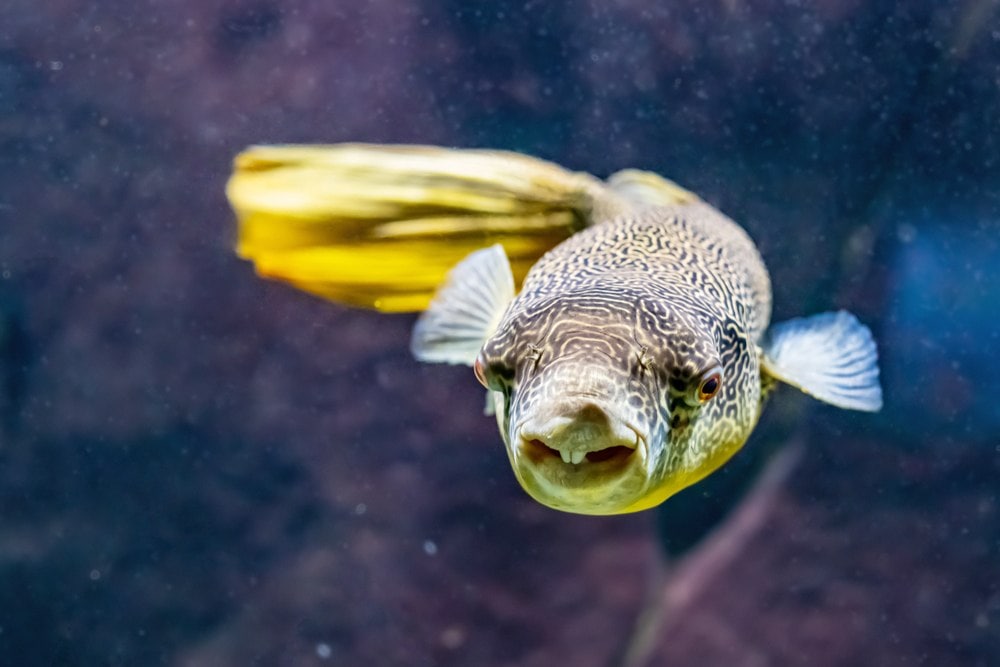
As the name implies, Congo Puffers come from the rivers of Africa. They grow to about 6 inches long and spend most of their time buried in the sand at the bottom of your aquarium, hiding from potential predators. Many colors are available, including black, sand, and red, and the Congo can also adapt their color to their surroundings except for blue. They require a large tank and are extremely sensitive to nitrates, so the water needs to be heavily filtered, as is the case for most pufferfish.
2. Dwarf Puffer
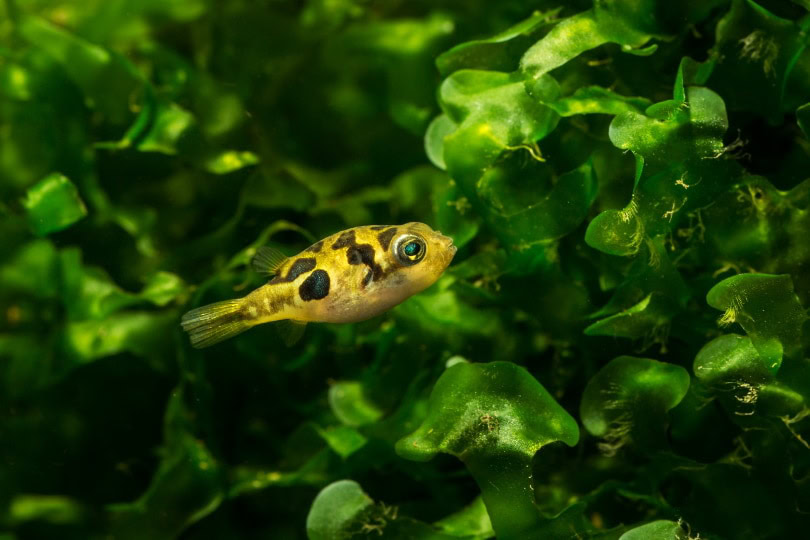
The Dwarf Puffer is also known as the Pea pufferfish and the Pygmy pufferfish. It’s one of the smallest pufferfish in the world and rarely gets larger than an inch and a half. The International Union for Conservation of Nature currently lists the Dwarf Puffer as vulnerable due to overharvesting and habitat loss. It is very popular in aquariums due to its bright colors and small size. It’s much easier to acquire the right size aquarium and filtration needed for a Dwarf than many of the other breeds.
3. Fahaka Puffer
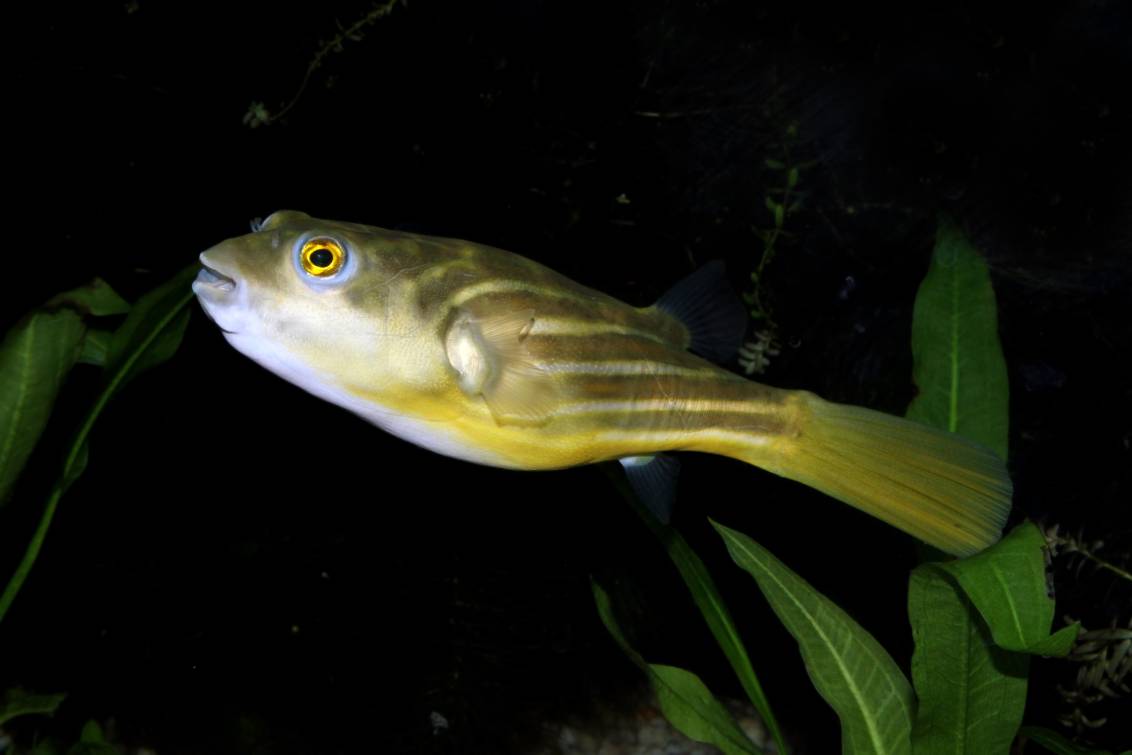
The Fahaka Puffer is one of the larger breeds of pufferfish available, and it can reach a length of 16 inches when fully grown. These fish are incredibly aggressive, and only experienced keepers should own them. You will need a tank at least 60 inches long with strong filtering capabilities, and you will also need to plant dense vegetation. Fahakas are also known to go for your fingers while feeding and can deliver a painful bite.
4. Golden Puffer
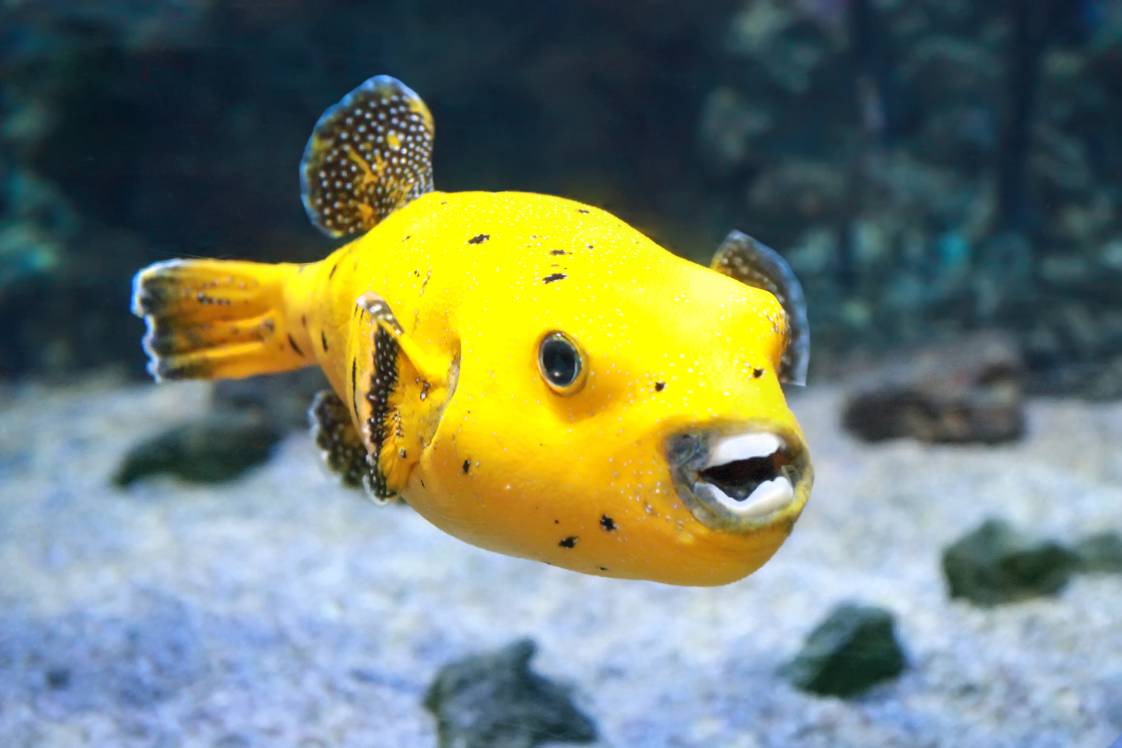
The Golden Puffer is available in a light and a dark version. In the light version, the pufferfish has a white body covered with yellow dots. In the dark version, a black body has yellow dots. They have exceptionally rounded bodies with small fins set far back. There are small toothlike projections on their skin that resemble a type of sandpaper. When they puff up, the projections are more pronounced. Goldens are very large fish that can reach almost 20 inches long when fully grown.
5. Imitator Puffer
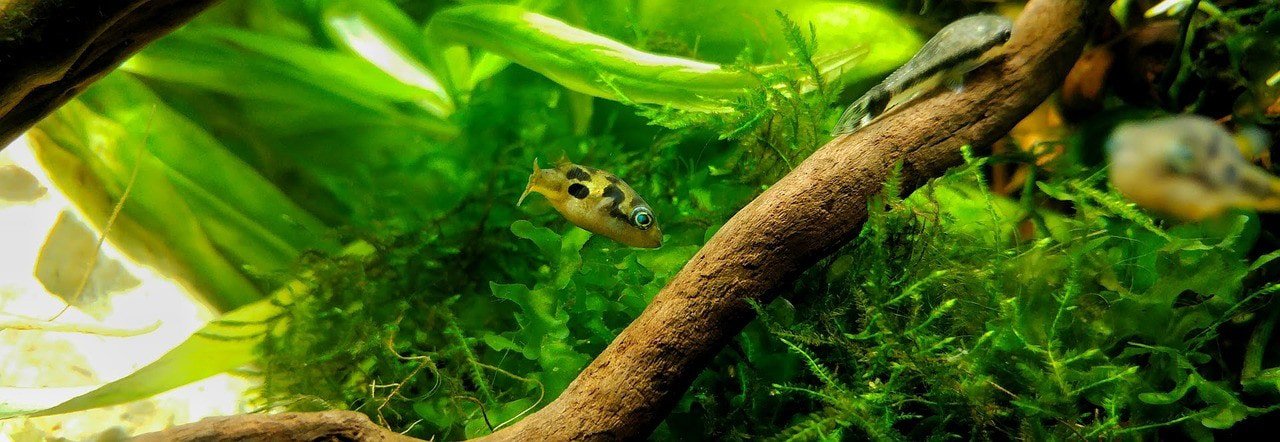
The Imitator Puffer is also known as the Dwarf Malabar Puffer, and it is another type of tiny pufferfish. This fish has a bright yellow color. The males have brighter coloring than the females, while the females have dark spots across their bodies. Though it’s a smaller fish, the Imitator will require an aquarium with at least 30 gallons of water.
6. Mbu Puffer
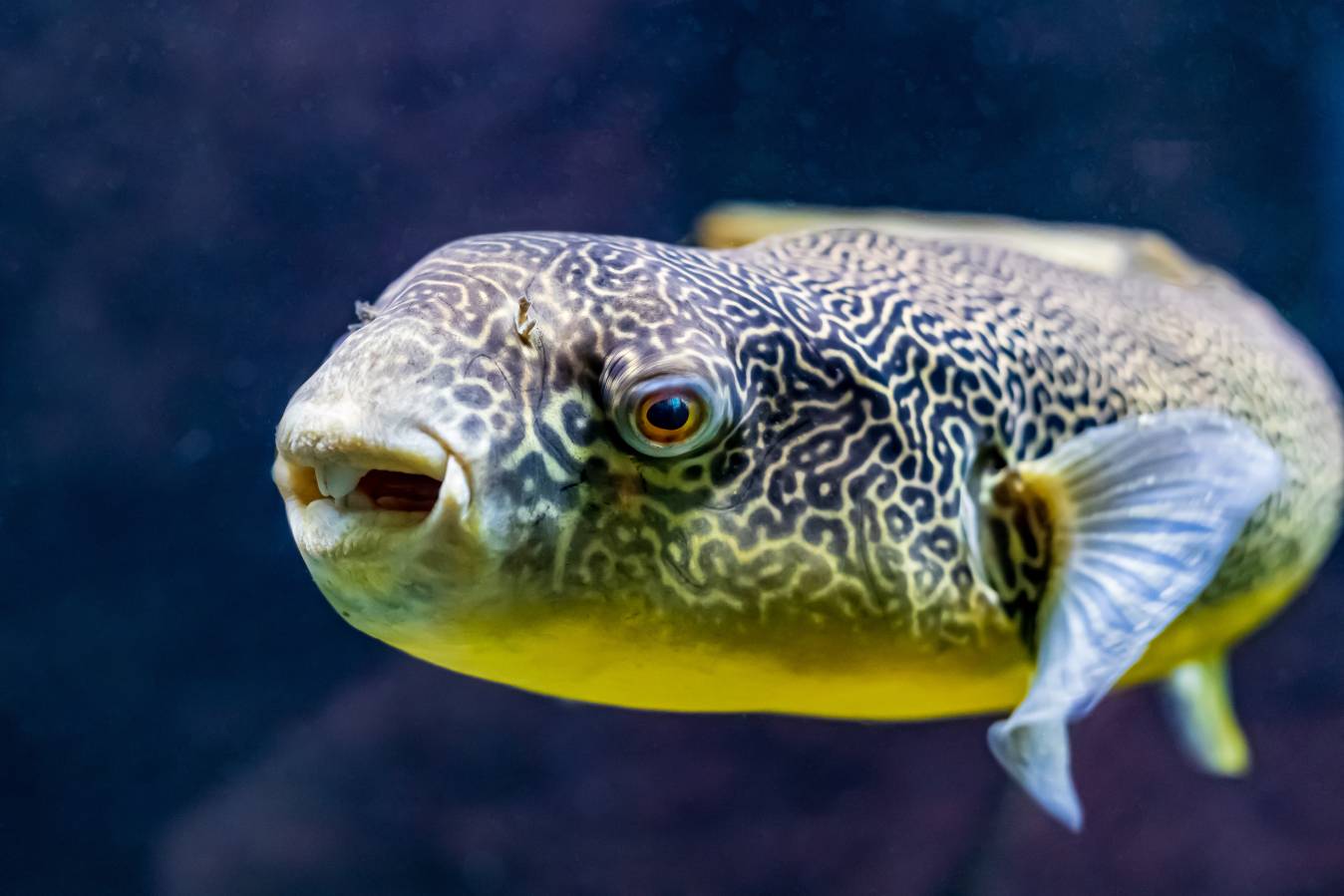
Mbu Pufferfish are a very large breed that can reach a length of 26 inches. They are difficult to house in an aquarium because it’s challenging to supply enough space and filtration to keep your pet healthy. Therefore, we recommend this breed only to experienced pufferfish keepers. Mbu Pufferfish have a unique pattern on their bodies that can change as they age.
7. Ocellated Puffer

The Ocellated pufferfish is one of the rarer breeds available. This captivity-bred fish now occupies freshwater and brackish rivers and streams of South Asia, and the males will guard their mates’ eggs fiercely. They’re more peaceful than many other kinds and like to be kept in pairs. You can also house them in a smaller aquarium than many others, and they typically only require about 20 gallons. However, you will still need a strong filtration system.
8. Red-Eyed Puffer
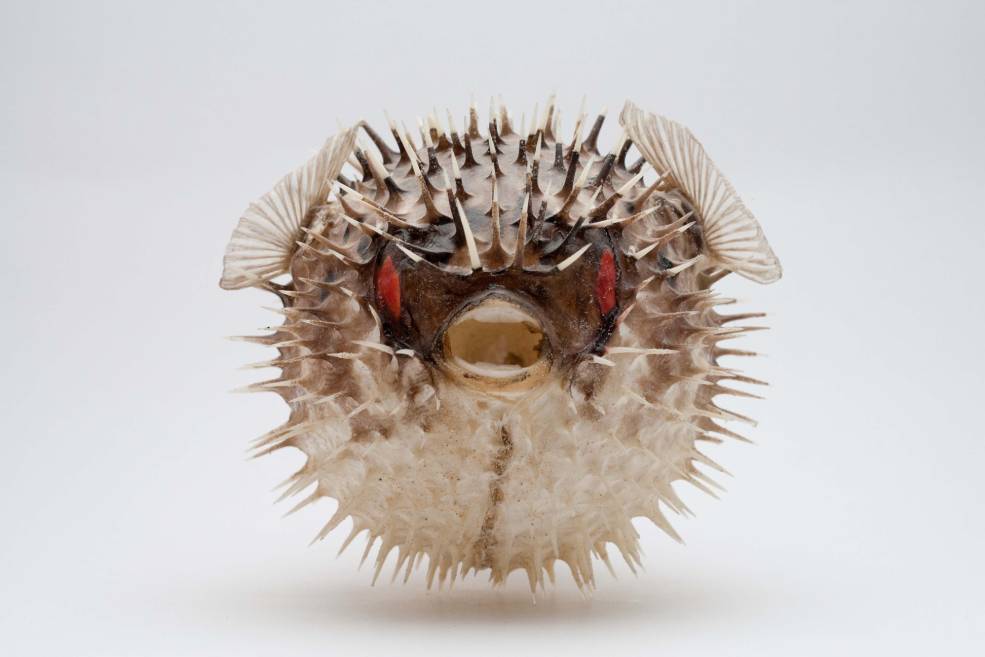
The Red-Eyed Puffer is a collection of four breeds that all have the red-eyes in common. They are known to be more aggressive than many of the others and are also a little more challenging to maintain. Because Red-Eyed Puffers are more aggressive, it’s best to keep them in an aquarium by themselves with no other pufferfish. Though they rarely reach 2 inches, they need a large tank because they produce a lot of waste. We recommend an aquarium at least 32 inches long. Plenty of live, tall plants are also be required.
9. Red-Tailed Dwarf Puffer

The Red-Tailed Dwarf Pufferfish is a small species that only grows to about 2 inches at the largest. They like slightly acidic water and aquariums with plenty of live vegetation. The males are noticeably larger than the females, and they have dark brown-colored bodies with light cream-colored stripes on their lower sides. The smaller females have a mottled brown appearance with irregular shapes and markings. The males and females have red eyes and red tail fins.
10. South American Puffer
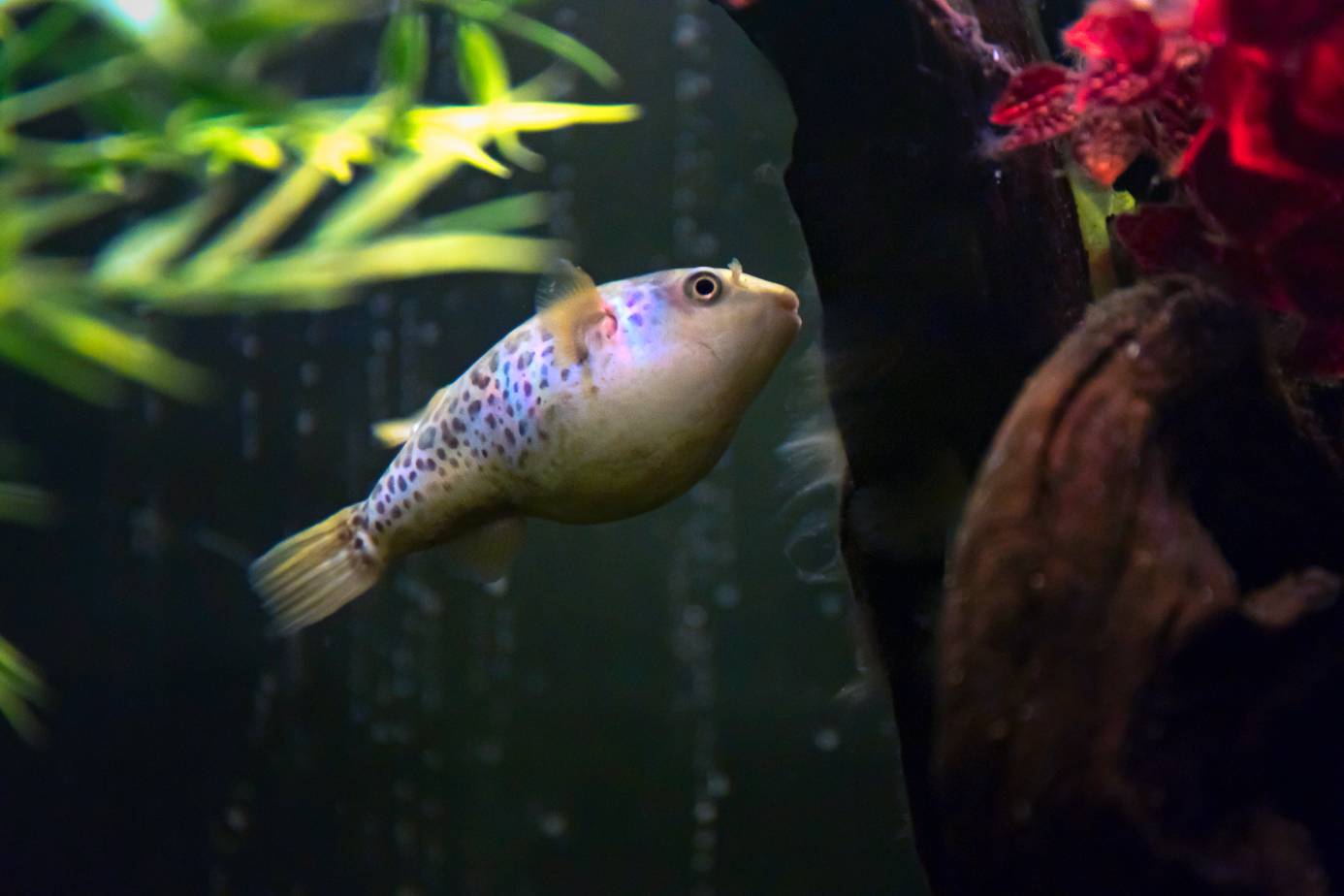
The South American Puffer is one of the only species to live in groups in the wild. However, it’s one of the more difficult fish to maintain in the aquarium. We recommend only skilled enthusiasts purchase this breed, and even then, we only recommend getting one if you have a large tank suitable for more than one. Properly maintained, they have bright golden and black stripes that are very attractive against background vegetation.
The South American Puffer will require a rectangle tank at least 47 inches long. The water will need to be heavily filtered, and dense vegetation will need to be planted. You will also need to supply them with hard food because their teeth tend to overgrow, and you may still need to clip them manually.
11. Target Puffer
Target Pufferfish grow to about 6 inches long and require a tank at least 35 inches long to live comfortably. Constant strong filtration is needed, and the more the water moves in the aquarium, the better. Target Pufferfish are nocturnal predators and become very active at night. A moonlight can help you watch your Target puffer hunt. In the wild, Targets are found in freshwater and occasionally, brackish water environments.

Summary
Pufferfish can be very rewarding if you’re able to maintain the proper environment for them to grow. Many species can become quite large, and even the small ones have personalities different from other types of fish. It is challenging to get a large enough tank and filter it correctly, so it’s a commitment you need to make beforehand, as many of these fish live more than 5 years. We recommend one of the smaller breeds, like the Dwarf Puffer, if you’re new to a pufferfish, while a properly raised Mbu Puffer will make you the talk of the aquarium community.
We hope you have enjoyed reading this guide on freshwater puffer fish and have found a couple of species you would like to raise. If you have found this guide helpful and learned something new, please share these 11 types of freshwater pufferfish on Facebook and Twitter.
You may also be interested in:
Featured Image Credit: Pygmy Pufferfish, Shutterstock
